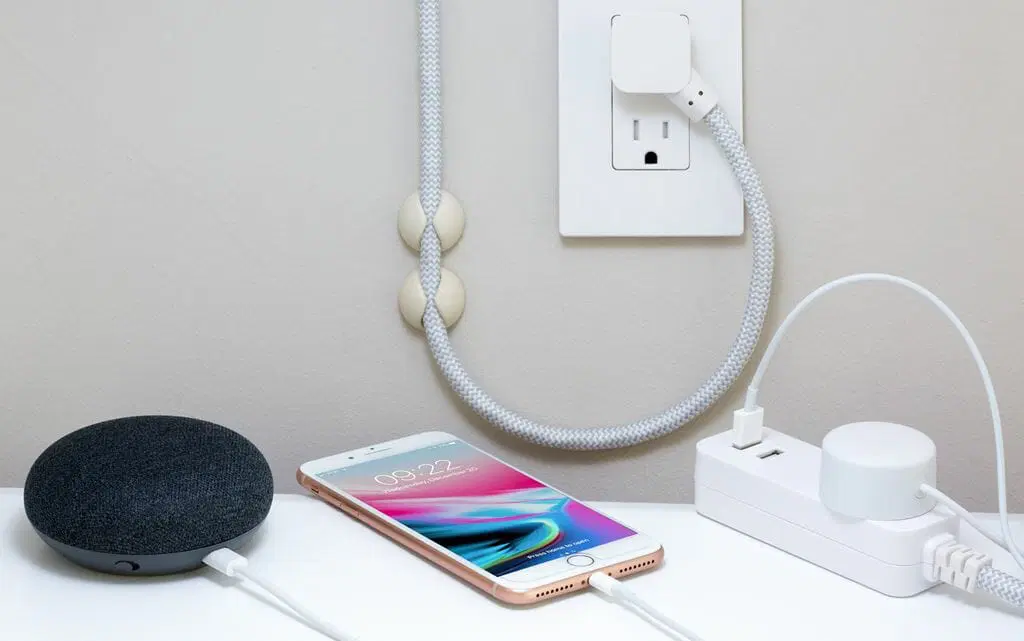Power electronics is one of many branches of electrical engineering. It deals with processing electrical energy and converting it from one type to another. Power electronics are used in any devices that require electricity to run unless this device is supplied by the primary power source. For this reason, power electronics design plays a major role in developing a wide range of electrical devices.
By controlling the primary characteristics of electrical power, one can regulate non-electrical parameters such as the speed of a motor, the intensity of lighting, the temperature of an oven, etc. Power electronics involves many disciplines: semiconductor physics, mechanical actuators, electrical motors, control systems, electromagnetic devices, etc.
In this article, we will touch upon the basic types of power electronics circuits.
Types of Power Electronics Circuits by the Type of Power Source
Power sources can be divided into two main types: alternating current (AC) and direct current (DC). One of the main functions of power electronics is to convert one type of electrical power to another. Based on these types, we distinguish four basic types of circuits.
AC-to-DC Converters
These circuits convert the input AC voltage into variable DC voltage. They are commonly called rectifiers and are used when there is a need to power multiple devices or provide a more efficient power generation. AC/DC converters find lots of applications in various industries and fields. One can find them in consumer electronics, medical devices, and industrial systems.
DC-to-AC Converters
As the name suggests, these circuits invert the input direct current power from batteries to output alternating current. For this reason, they are also called inverters. They are mostly used to drive low-power AC motors or to charge vehicle batteries. Other applications include battery storage systems, solar power systems, and so on.
DC-to-DC Converters
Unlike the previous types of power electronics circuits, DC/DC converters do not change the power type. Their function is to convert direct current from one voltage level to another. These circuits can both lower and raise the input voltage, which is extremely useful when you have one power source but several power consumers. The three main types of DC/DC converters include buck (step-down), boost (step-up), and buck-boost converters.
AC-to-AC Converters
These circuits transform alternating current with one frequency and magnitude to AC with another frequency at another magnitude. In other words, these devices transform one AC waveform into another. Different load types work with different types of power sources. When one needs to power a few devices that operate at a specific voltage with a specific frequency, AC/AC converters are used. One common application of these circuits is wind power generators.
Other Types of Power Electronics Circuits
Based on whether the input and output circuits are isolated from each other, we distinguish:
- Non-isolated converters
- Isolated converters
Based on the type of switching, converters are divided into:
- Hard-switched
- Soft-switched
And finally, based on the connection to the grind, they are classified into:
- Grind-connected
- Offline
The Role of Power Electronics
Different types of power electronics circuits provide a number of benefits.
1. Efficiency is one of the most important advantages of power electronics, as one needs to cut the losses to the minimum. Power electronics can provide conversion as efficient as 99%.
2. Some applications are noise-sensitive. And here, switching power supplies provide higher efficiency and reliability.
3. With power electronics, one can provide devices with the power form and level most suitable for them.
4. And finally, power electronics contribute to clean energy generation and wireless power transfer.
Outsourcing Development
If you have a power electronics project and you want to get an actual product out of it, it may worth to hire an outsourcing professional team of developers. For more information on power electronics and electronic design development please check out Integra Sources website. If you’re interested in outsourcing your hardware or software development (including firmware), you might find useful our table on different collaboration models and FAQ section, where you can find answers to the most frequently asked questions on the topic of electronics development. You can also learn more about our projects in the Projects and Blog sections of the website. If you’re interested in a specific service, please check out the Services section where you can find various development services that we offer.








